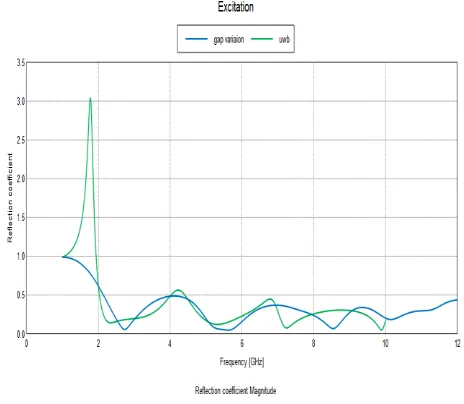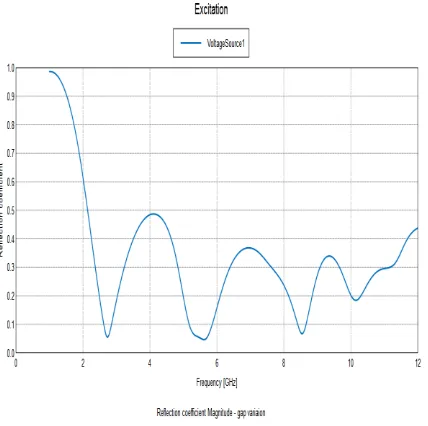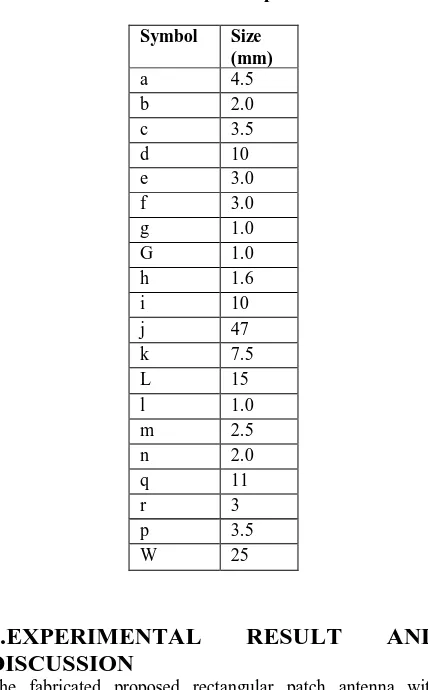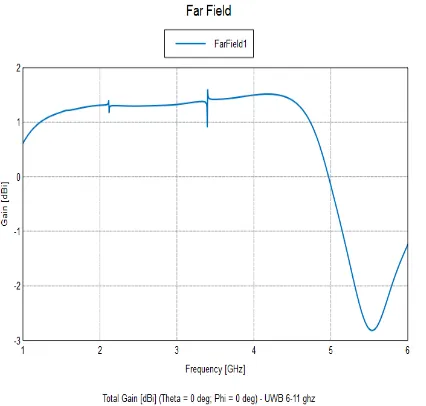A Compact UWB Microstrip Antenna with Modified Ground Plane for Bandwidth Enhancement
Full text
Figure




Related documents
CUAJ ? September 2018 ? Volume 12, Issue 9 ? 2018 Canadian Urological Association E409 original research Transperitoneal laparoscopic heminephroureterectomy in the pediatric population
Discussions And Future Research Directions: In designing the vehicle structure for crash energy management, the designer isconcerned with its maximum strength
The information you provide through your surveys will provide input as to the effects breastfeeding education given in pregnancy have on breastfeeding rates, breastfeeding
transect for different ditch control levels on 13 May 2004...86 Figure 5.3.7 Net inflows at the NW transect from different control levels ...87 Figure 5.4.1 Spatial distribution
The probability of ER drops sharply with this effective stress level, more so than in previous ER models where the rate of population decline is decoupled from the input of
Although there exist many recently developed network protocols for wireless sensor networks, the unique characteristics of the underwater acoustic
We infer that the other fi ve enhancers of par-2 phenotypes, nop-1 , lgl-1 , math-33 , pig-1 , and ntl-9 have roles in early polarity that are redundant with par-2 , but not with
Learning, validation and test data rates were gathered as 0.8, 0.1 and 0.1, respectively, in a study predicting mortality rates of babies based on TRIPS

